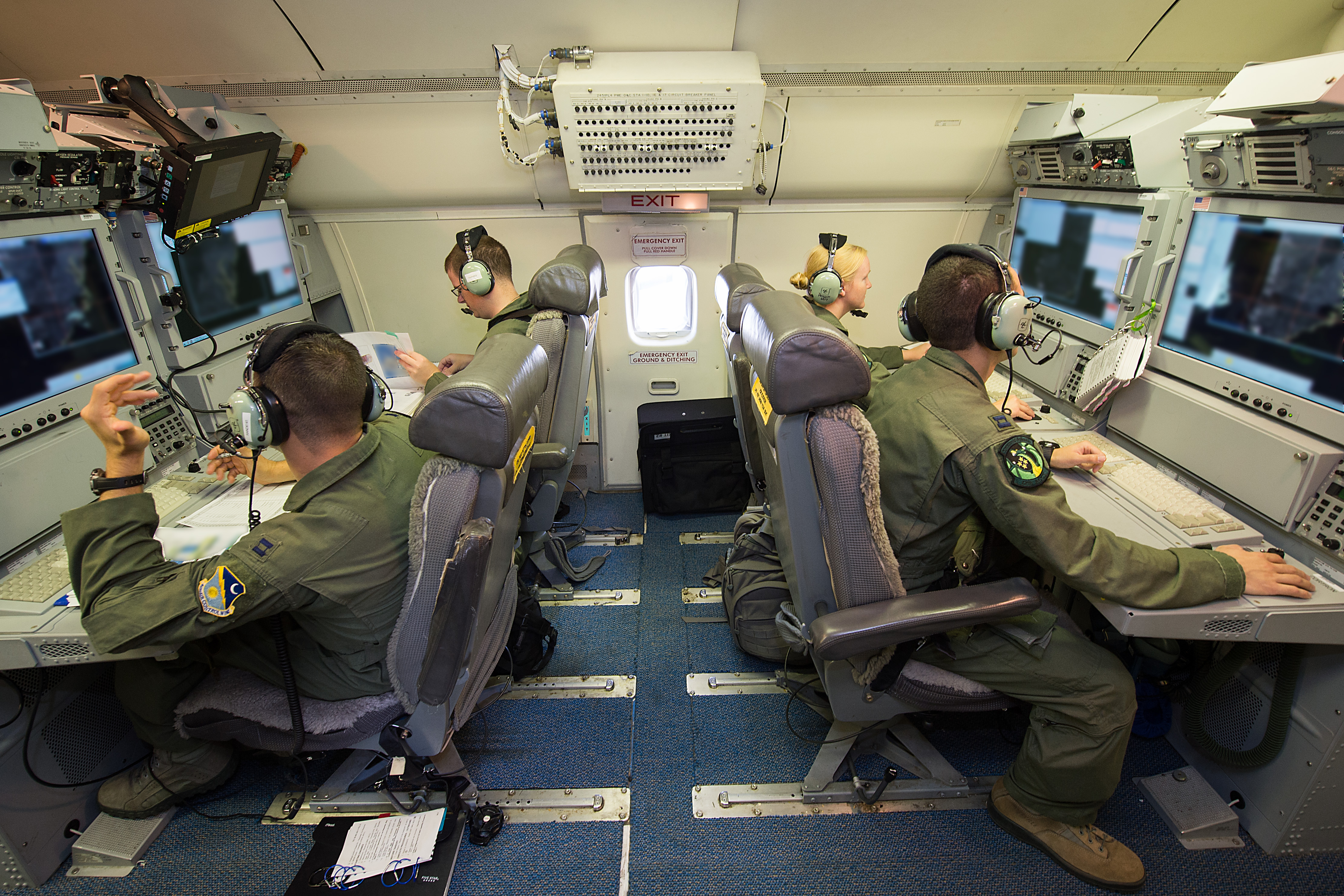
Air Combat Command boss Gen. Mike Holmes said the JSTARS Recap program doesn’t meet the Air Force’s needs in a contested environment, though the service has yet to decide how it will proceed. Air National Guard photo by SMSgt. Roger Parsons.
The Air Force has decided the JSTARS Recap program won’t meet USAF’s needs in a “contested” environment, but hasn’t decided whether to cancel the program and start over or take some other approach, said Gen. Mike Holmes, head of Air Combat Command, at an AFA Mitchell Institute event Monday.
“We don’t think that a JSTARS Recap will give us the capability we need” within a high-end enemy air defense system, but the service is still mulling whether to go through with the program—now on the verge of a contract award—for use in the “uncontested environment” while the service seeks “a global capability that could do that [mission] on any battlefield,” Holmes said.
USAF, he said, is weighing its options and the opinions of “our joint partners, and the Department [of Defense] and Congress and the other people around the world” with an interest in the mission. The service is reviewing “other ways we can bridge that gap between now and the future,” he said.
Those other systems—such as the Navy’s P-8—have or will have some capability in the Ground Moving Target Indicator mission, and so does the Air Force, with the Global Hawk Block 40. They all provide “pretty good capability in the permissive environment,” Holmes said, but can’t do the job against a peer adversary.
Not only that, but JSTARS is not being used as it was originally intended: watching swaths of land for columns of armored vehicles on the move. “We’re not fighting that kind of war,” Holmes observed, and JSTARS today is more often looking for individual vehicles or even dismounted persons, a “specific, novel threat that it wasn’t built for.” He also said the system is too expensive to be used in that way.
Whatever decision is made, an emphasis will be put on getting systems like the existing JSTARS and the P-8 able to talk to each other.
Holmes did not say when USAF will choose a way ahead on JSTARS, or whether the decision will be USAF’s or that of higher authorities in the Pentagon. A contract award for a JSTARS Recap contractor was expected for the spring of 2018. Boeing, Lockheed Martin, and Northrop Grumman are doing technology maturation and risk reduction (TMRR) work already, and a downselect to one company was the planned next step in the program. A fielded capability was expected for about 2024.
Holmes and Air Force Secretary Heather Wilson said in September that the solution may be some form of integration capability that takes advantage of other sensors already on, over, or near the battlefield.
The JSTARS Recap program was delayed for several months two years ago as USAF and other Pentagon entities argued over whether it should be more of a sensor; intelligence, surveillance, and reconnaissance platform; or command and control system. At the time, the program was listed as the fourth-highest acquisition priority of the service, after the F-35 strike fighter, KC-46 tanker, and B-21 bomber.